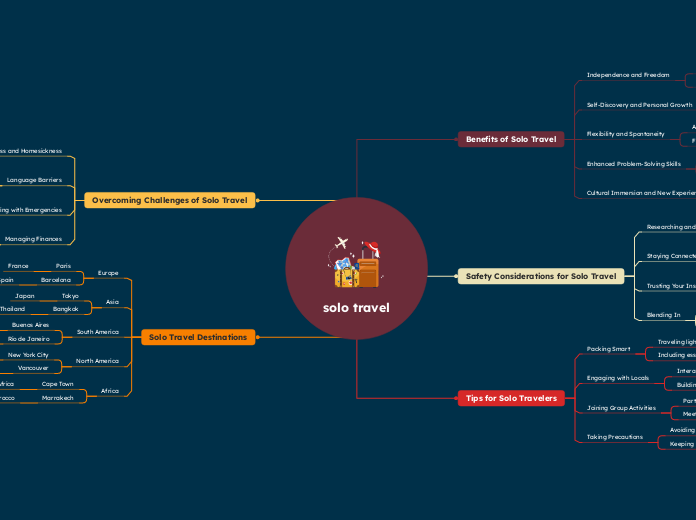da Youssef Morsy mancano 10 mesi
242
SCH3U Final Summative Concept Map
The text discusses the understanding and application of various chemistry concepts. It highlights the law of definite proportions, periodic trends such as ionization energy and electron affinity, and the ability to predict elements based on these trends.









